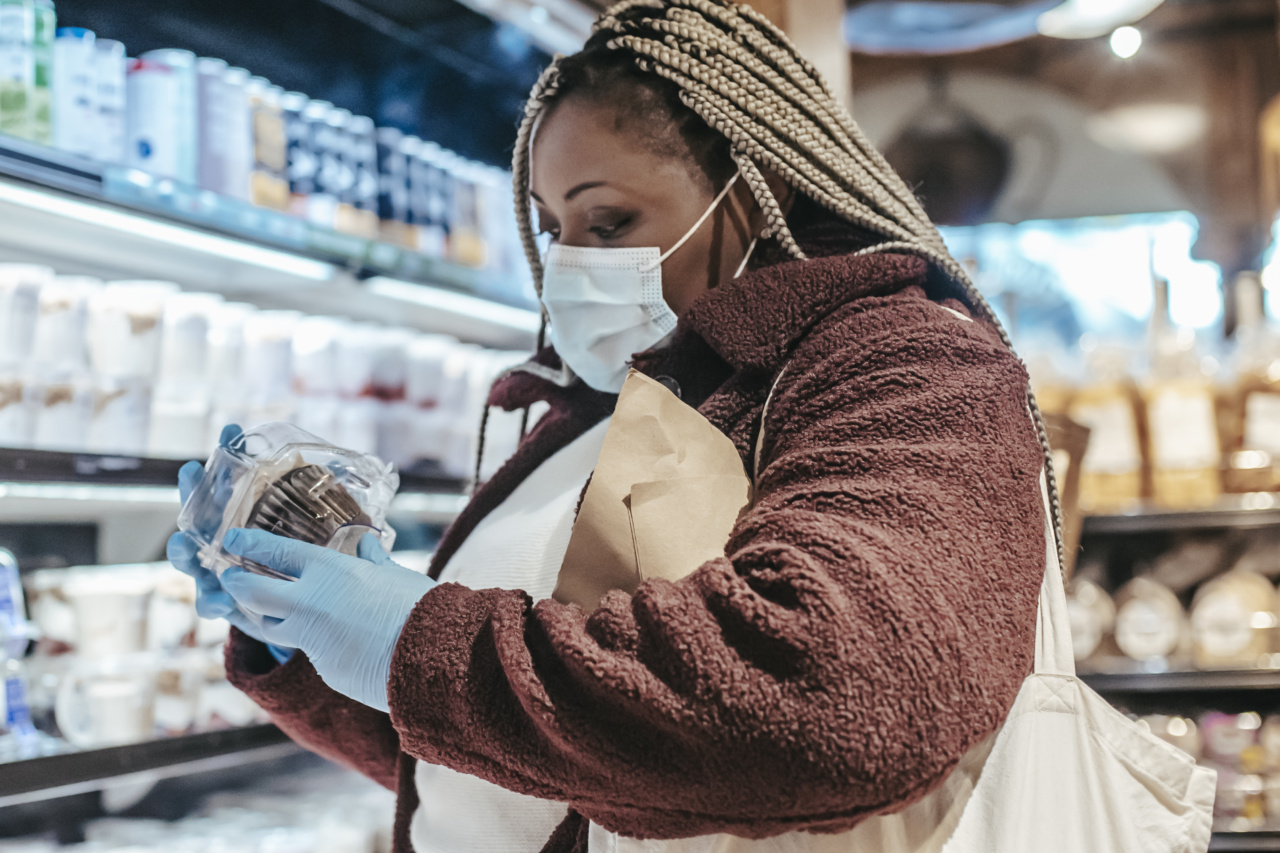Reading food labels is an essential skill for making informed choices about the products we consume. However, it can be a confusing and overwhelming task, as labels can often include misleading information or use deceptive marketing tactics.
To help you navigate through this jungle of information, we have compiled a list of the 30 biggest mistakes to avoid when reading food labels. By being aware of these pitfalls, you can make better decisions for your health and overall well-being.
Mistake 1: Ignoring the Serving Size
One of the most common mistakes made when reading food labels is disregarding the serving size. Pay close attention to this information as it determines the nutritional values stated on the label.
A product might appear to have a low number of calories until you realize that it’s for a tiny serving size.
Mistake 2: Relying Only on Calorie Count
While calories are essential for weight management, they shouldn’t be the sole focus. Nutrient content, ingredient quality, and overall nutrition are equally important aspects to consider when choosing your food.
For instance, a product might be low in calories but high in added sugars or unhealthy fats.
Mistake 3: Overlooking Added Sugars
Avoiding excessive added sugars is crucial for maintaining a healthy diet. However, many food products, especially processed ones, contain hidden sugars that can be listed under various names such as corn syrup, fructose, or maltose.
Always check the ingredient list for any added sugars, even if the label claims to be sugar-free.
Mistake 4: Neglecting Trans Fats
Trans fats are highly unhealthy and have been linked to various diseases, including heart problems.
Food labels often mention zero trans fats, but a close examination of the ingredient list might reveal the presence of hydrogenated oils, which are a major source of trans fats. Be cautious when selecting products that claim to be trans fat-free.
Mistake 5: Falling for the “Natural” Trap
The term “natural” on food labels can be misleading and may not necessarily indicate a healthier choice.
The FDA does not strictly regulate the use of this term, allowing companies to use it on products containing processed ingredients or even artificial additives. Always verify the ingredients and look for products labeled “100% natural” or “certified organic” for a more reliable option.
Mistake 6: Believing in “Organic” Claims Without Certification
Similar to the “natural” label, the term “organic” should be approached with caution. While many products claim to be organic, they may not have the necessary certification to back up their claims.
Look for the USDA Organic seal, which ensures that the product meets specific standards set by the United States Department of Agriculture.
Mistake 7: Failing to Check Allergen Warnings
If you have food allergies or intolerances, it’s crucial to read food labels for allergen warnings. Manufacturers are required to disclose common allergens like peanuts, dairy, soy, and wheat on their product labels.
Always check for potential allergens to prevent any adverse reactions.
Mistake 8: Being Misled by Front-of-Package Claims
Front-of-package claims are often designed to attract consumers with flashy marketing, but they may not reflect the actual nutritional value of the product.
Phrases like “low fat,” “high fiber,” or “heart-healthy” can create a false sense of healthiness. Remember to flip the package over and read the detailed nutritional information on the back to make an informed decision.
Mistake 9: Disregarding the Ingredient List
The ingredient list offers valuable insights into what a product truly contains. Ingredients are listed in descending order of quantity, meaning the first few ingredients are the most prevalent.
Look out for excessive amounts of added sugars, unhealthy fats, artificial additives, and preservatives. Choose products with shorter lists and ingredients you can easily pronounce.
Mistake 10: Not Considering Whole Grains
Many label claims can deceive customers regarding the presence of whole grains in a product. Terms like “multigrain” or “made with whole grains” can give the impression of a healthy choice.
However, only products labeled “100% whole grain” or featuring the Whole Grain Council logo contain significant amounts of whole grains. Always verify the actual percentage of whole grains in the ingredients.
By avoiding these 30 biggest mistakes when reading food labels, you can become a more informed consumer and make healthier choices for yourself and your loved ones.
Remember to always check the serving size, assess the overall nutritional quality, and scrutinize the ingredient list to ensure the products you select contribute to a balanced and wholesome diet.


























